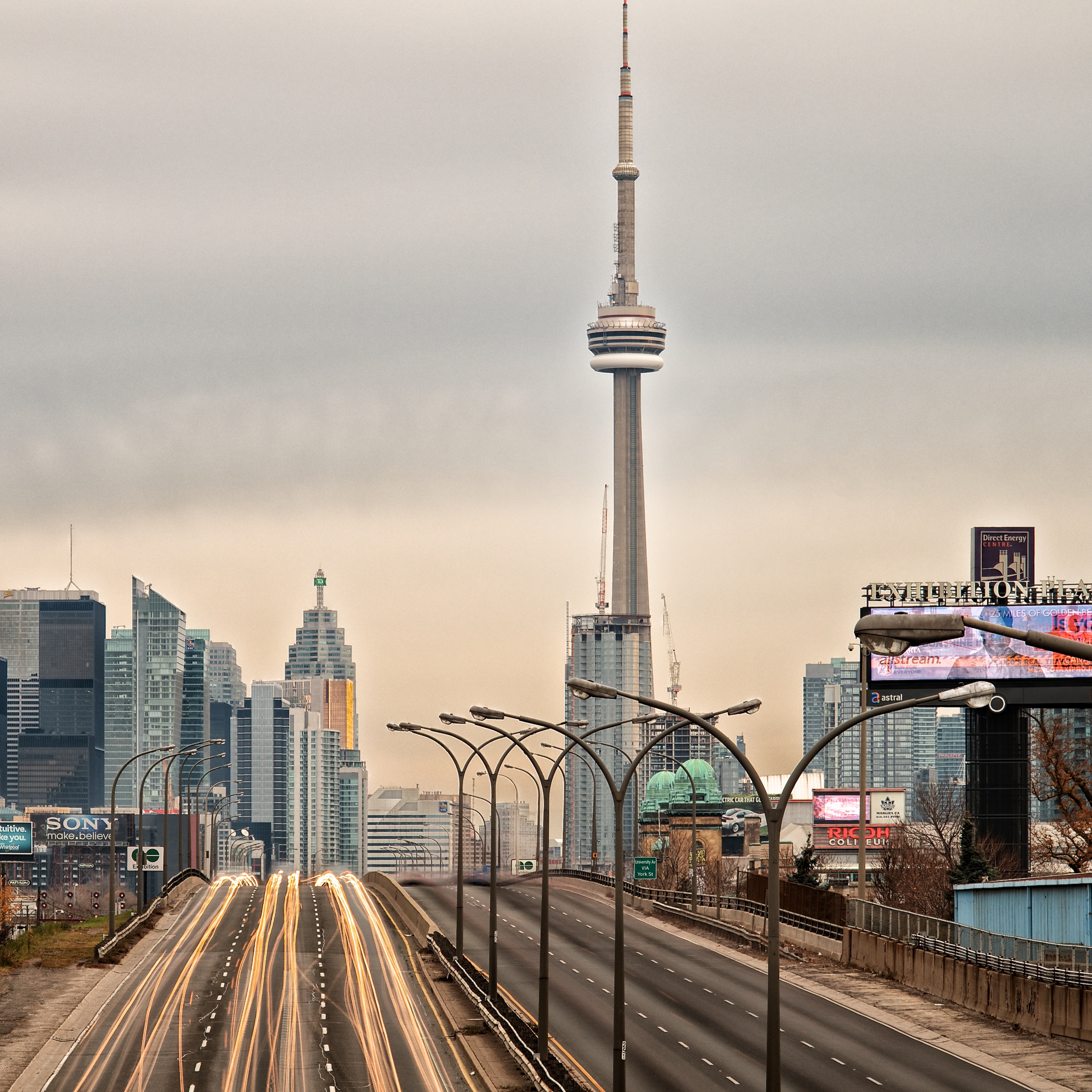Being stuck in traffic can be seen as a minor disturbance to most adults, but now according to researchers, it might just be physically harmful as well due to its correlation to polluted air exposure.
The World Health Organization (WHO) places outdoor air pollution as one of the top ten most dangerous health risks for humans. Air, which gets into the human body, affects a number of systems and organs. It can cause heart disease, lung cancer, bronchitis, and many other types of diseases.
Driving a motor vehicle is considered a necessity in most of today’s modern urbanized world. While some cities contain more polluted air than others, every city has specific pollution areas concentrated throughout it–traffic zones. This means that each and every city that contains traffic also holds a health risk related to its pollution.
Image Source: Emanuel M Schwermer
In order to find out the best adjustment in a car’s ventilation system to avoid harmful fumes in the air, a study was conducted at the University of Surrey in England. The study showed that the best possible way to reduce risk of inhaling the toxins was to keep the windows closed and the fan off, as air outside was generally worse than the air inside the car. Opening the windows and turning the fan on would result in the polluted air entering the car and thus the driver as well.
The findings clarified that when stopping in front of a red light, the car is constantly going through different modes ranging from decelerating to idling to accelerating. This constant switch is echoed among all cars stopped in the light, resulting in the accumulation of polluted air in the area. The large concentration of air toxins in a traffic area makes it a health hazard.
Lead author Dr. Prashant Kumar stresses the importance of awareness and provides a solution to the pollution problem: “It’s not always possible to change your route to avoid these intersections, but drivers should be aware of the increased risks at busy lights…Local transport agencies could also help by synchronizing traffic signals to reduce waiting times and consider alternative traffic management systems such as flyovers.” Other solutions involving alternative energy sources, such as electricity, are being further explored and developed.
Feature Image Source: Rob Hyndman










